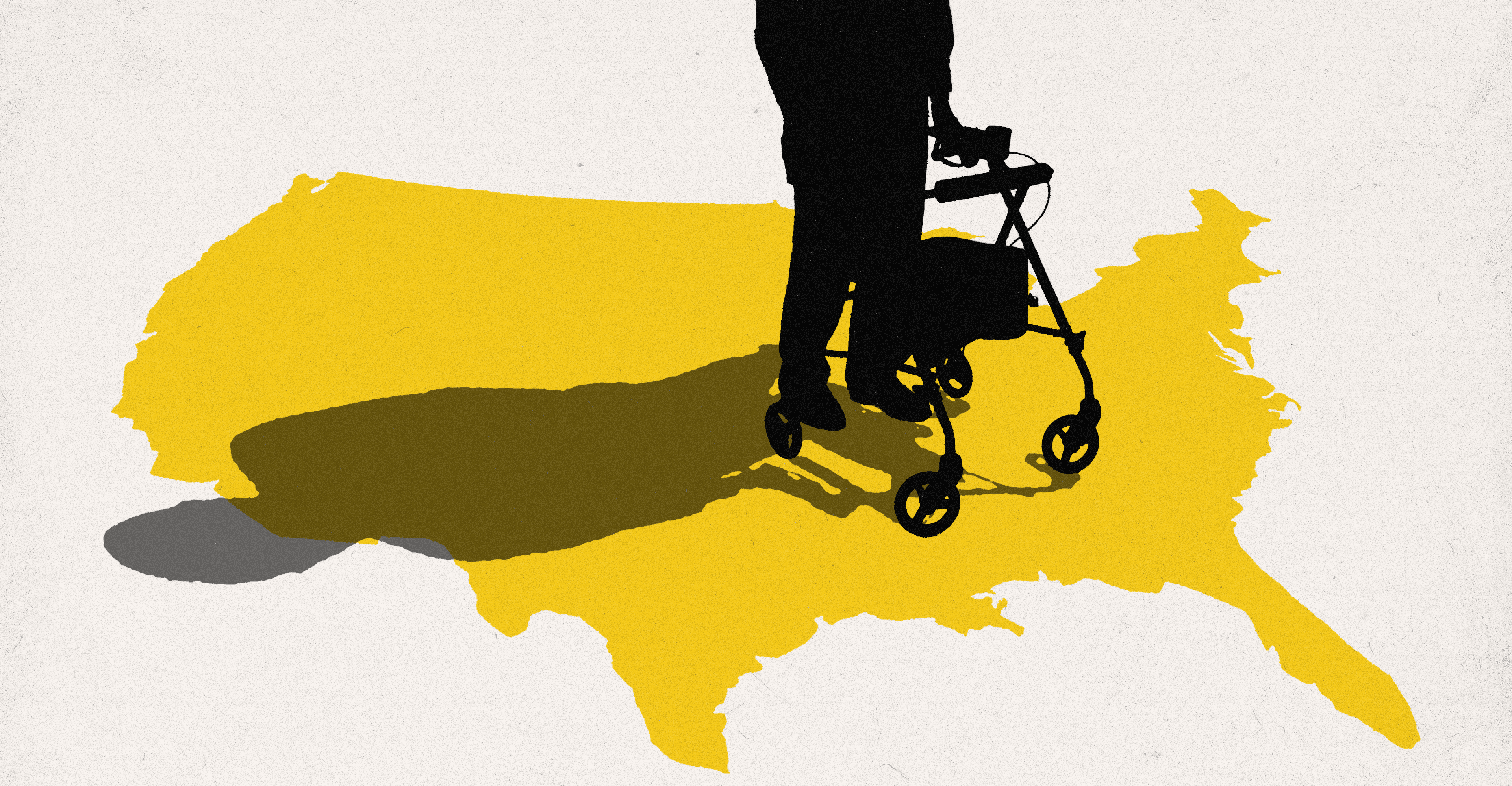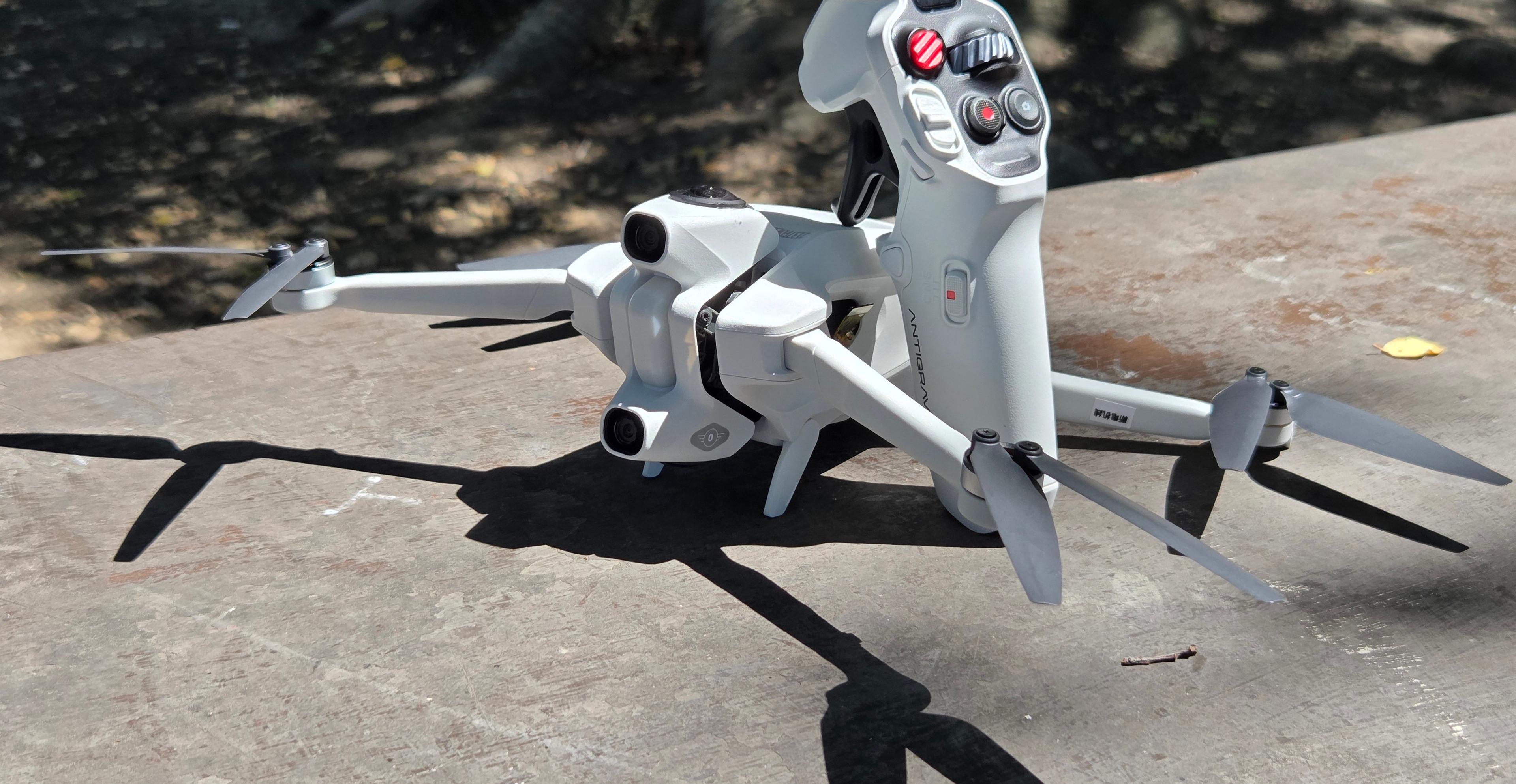The bodies were wrapped in a sitting position in several layers of fabric, the first of cotton and the second of vegetable matter.


In Peru, archaeologists have discovered a pre-Columbian mass grave with remains of 25 people in the ancient city of Chan Chan.
According to archaeologist Jorge Meneses, the team unearthed the bones of about 25 people, mostly women and children, as well as dozens of ceramic vessels and artifacts such as needles used in textile work.
Remain were found in Chan Chan which was a fortress of the Chimu civilisation.
Chan Chan was the largest mud citadel in pre-Columbian America.
The Chimú ruled parts of present-day Peru. Their empire reached its height in the 15th Century before their defeat by the Incas.
As per experts, the mass grave may have been a burial place where members of the Chimú elite were laid to rest.
Archaeologist Sinthya Cueva said that most of the skeleton were of females and none of them were over 30 years old.
It is known that the Chimú carried out human sacrifices, including of children, archaeologist Jorge Meneses Bartra said that there was no evidence those in the newly discovered grave died that way.
Scientists will carry out tests to try to determine their cause of death.
Mr Meneses said that the position of one of the skeletons suggested that it had been buried there shortly after the person's death, while other bones appeared bleached by the elements and were jumbled together - suggesting that they had been moved to the grave site later.
The bodies were wrapped in a sitting position in several layers of fabric, the first of cotton and the second of vegetable matter.
Moreover, Pre-Columbian remains and artefacts are frequently discovered in Peru.
Last month, workers laying gas pipes on a street in Lima stumbled on the remains of a gravesite that included 2,000-year-old ceramic burial vessels.

The Kennedy Center Honors continue Trump’s vengeance on liberal Hollywood
- 12 hours ago

3 theories that explain Trump’s collapsing support
- 12 hours ago
Pakistan Army remains focused on internal, external challenges: Field Marshal
- 2 hours ago
Erdogan warns Black Sea should not be ‘area of confrontation’ after strikes
- 42 minutes ago

Donald Trump reminds the entire world he has no idea what 6G means
- 14 hours ago
A great night for Kent, but another stain on the Hall of Fame
- 2 hours ago

You can now text photos directly to Aura’s digital picture frames
- 14 hours ago

I’m obsessed with Redfin’s AI search
- 14 hours ago

Gold prices plunge in Pakistan, global markets
- an hour ago

The Vergecast 2025 year in review
- 14 hours ago

The alarming rise in antibiotic use by the meat industry
- 12 hours ago

Blame Republicans for our health insurance mess
- 12 hours ago






